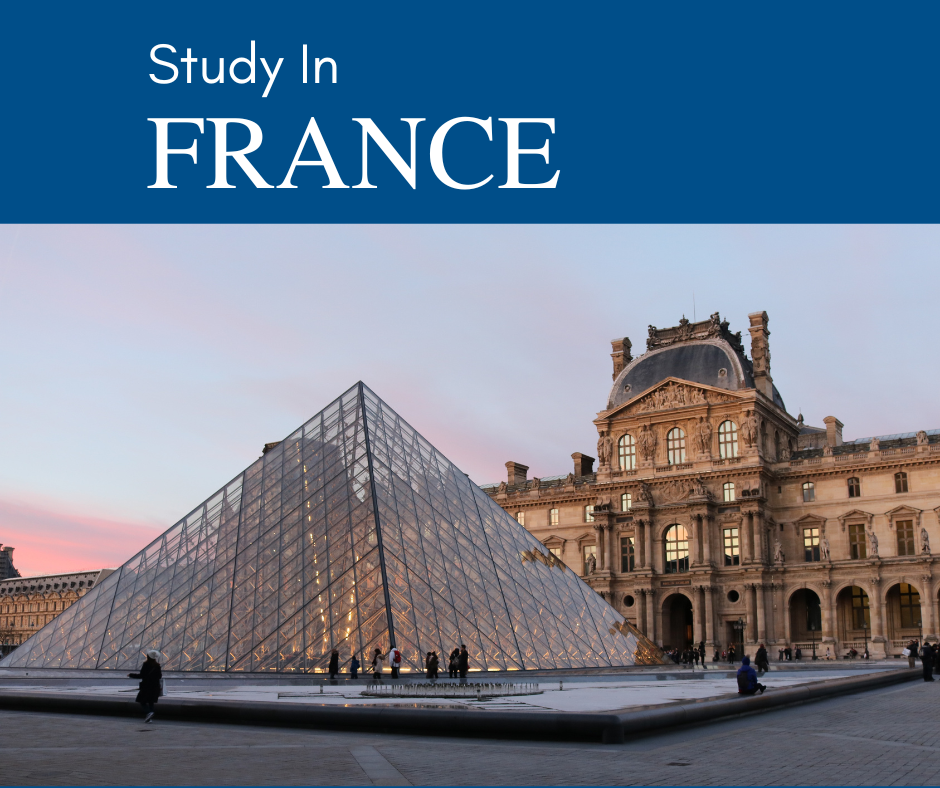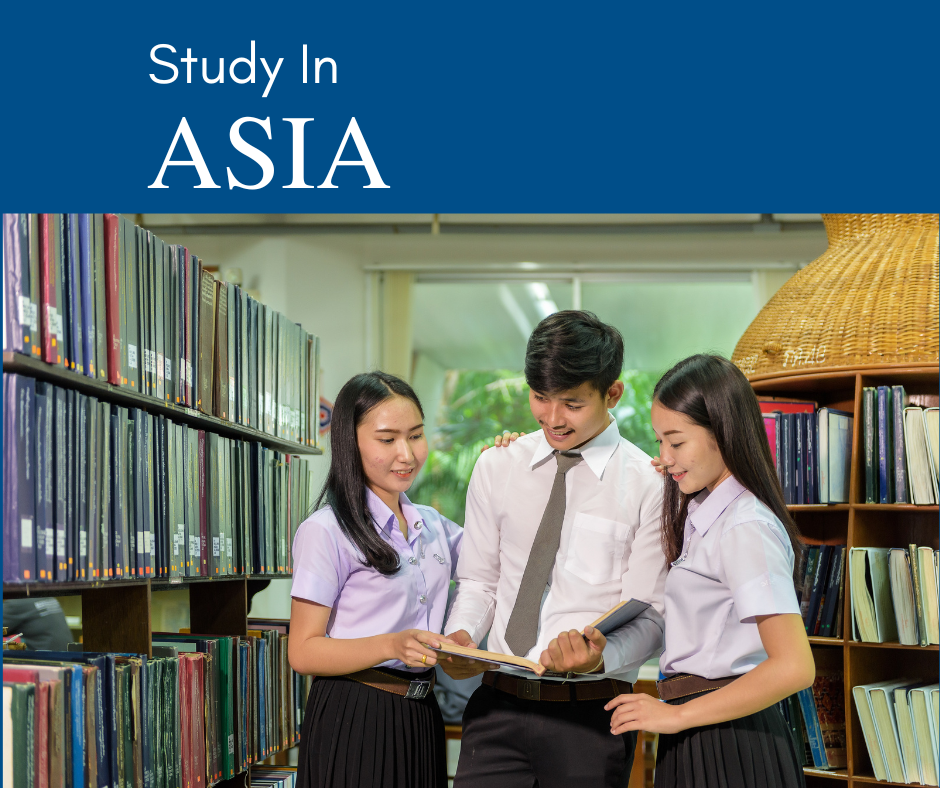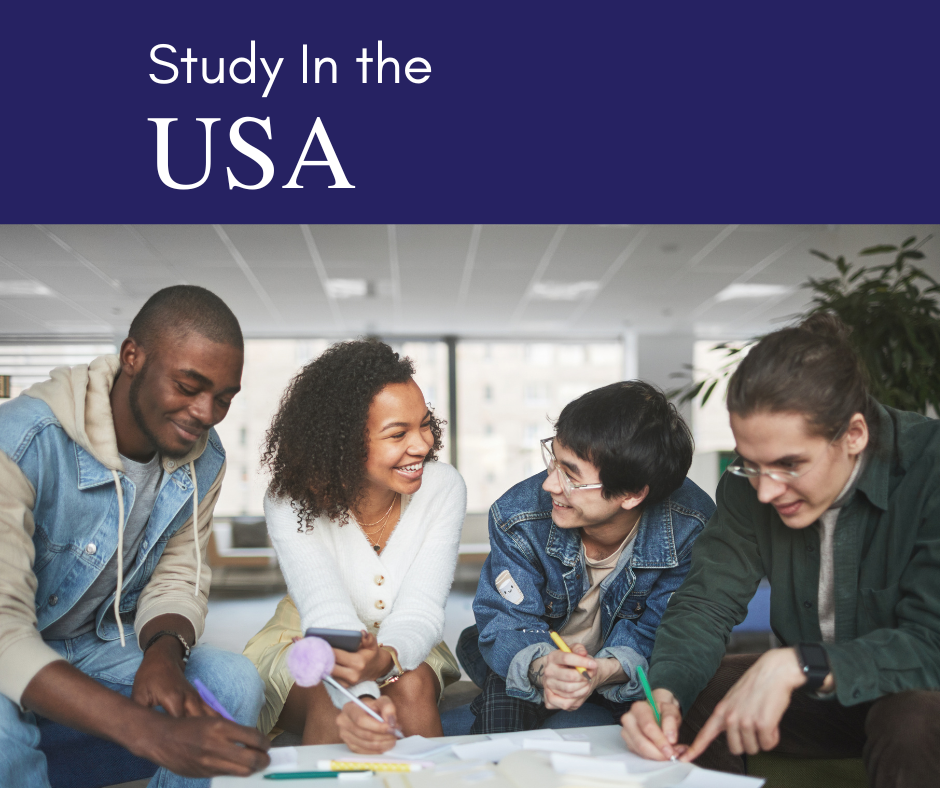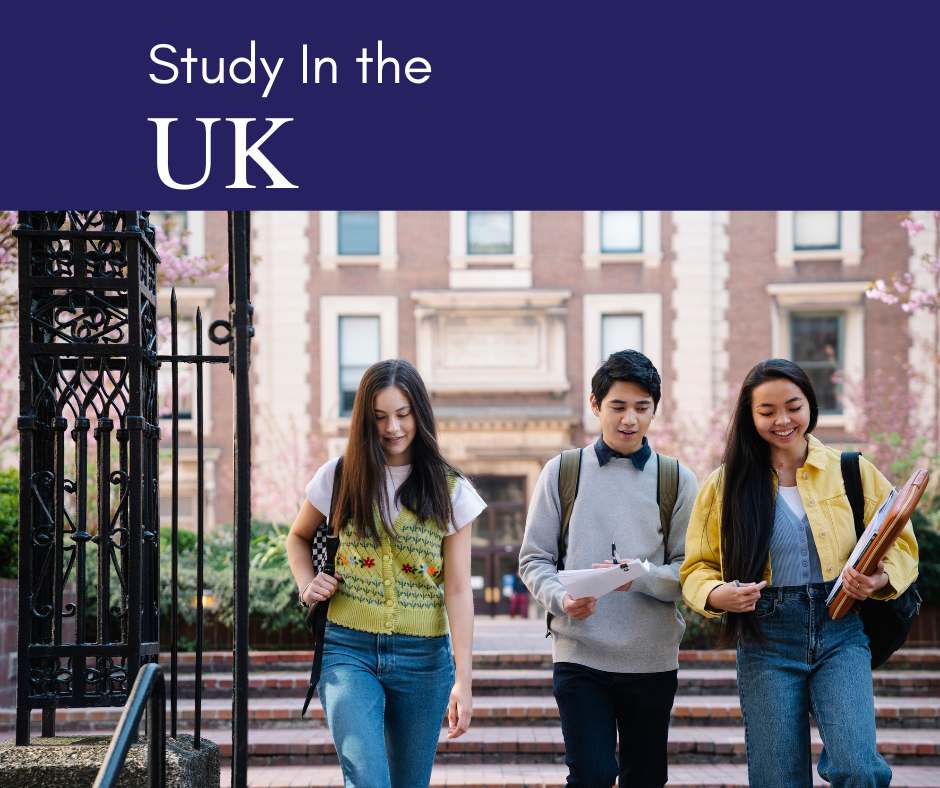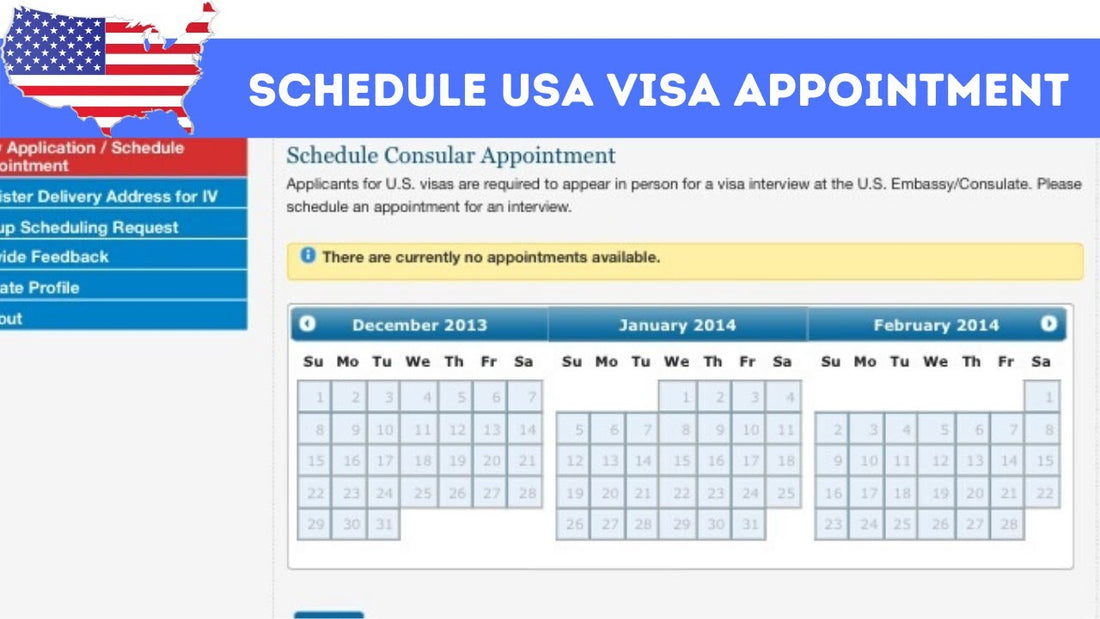
Appointment Freezes and Visa Slumps Threaten U.S. Enrollments
Share
A Sudden Drop in Visa Issuance
Recent State Department data show a sharp double-digit decline in F-1 visa issuances in May and July 2025. Arrivals fell dramatically in July after consular appointment systems froze, leaving students unable to secure timely interviews.
For universities banking on fall tuition deposits, this isn’t just a hiccup—it’s an existential threat.
Why Appointments Matter
International enrolment is a time-sensitive process. Students need:
-
Admissions decisions (spring).
-
Visa appointments (early summer).
-
Arrival by August/September.
When appointments stall, the entire pipeline collapses. Students defer, switch destinations, or abandon U.S. plans altogether.
The Financial Impact
International students aren’t just diversity boosters—they’re an economic lifeline. Consider:
| Metric | Value | Source |
|---|---|---|
| Annual economic contribution | ~$40B | NAFSA |
| Jobs supported | ~400,000 | NAFSA |
| Share of tuition at some U.S. universities | 20–30% | Institutional reports |
Losing even 10–15% of enrolments ripples across research funding, graduate assistantships, and community economies.
The Global Market Response
Competitor countries are watching closely:
-
Canada has streamlined visa processing with a student direct stream.
-
Australia raised planning levels and tied them to housing accountability.
-
New Zealand increased student work rights.
The U.S., by contrast, looks disorganised and unwelcoming.
What Needs to Change
To recover credibility, the U.S. should:
-
Surge consular staffing every summer.
-
Publish weekly visa appointment SLAs (service-level agreements).
-
Create a dedicated “academic fast lane” insulated from political shocks.
Conclusion
Students plan their future years in advance. If the U.S. cannot guarantee timely entry, those futures will be built elsewhere. Appointment freezes and visa slumps aren’t minor administrative issues—they are market-destroying bottlenecks.


